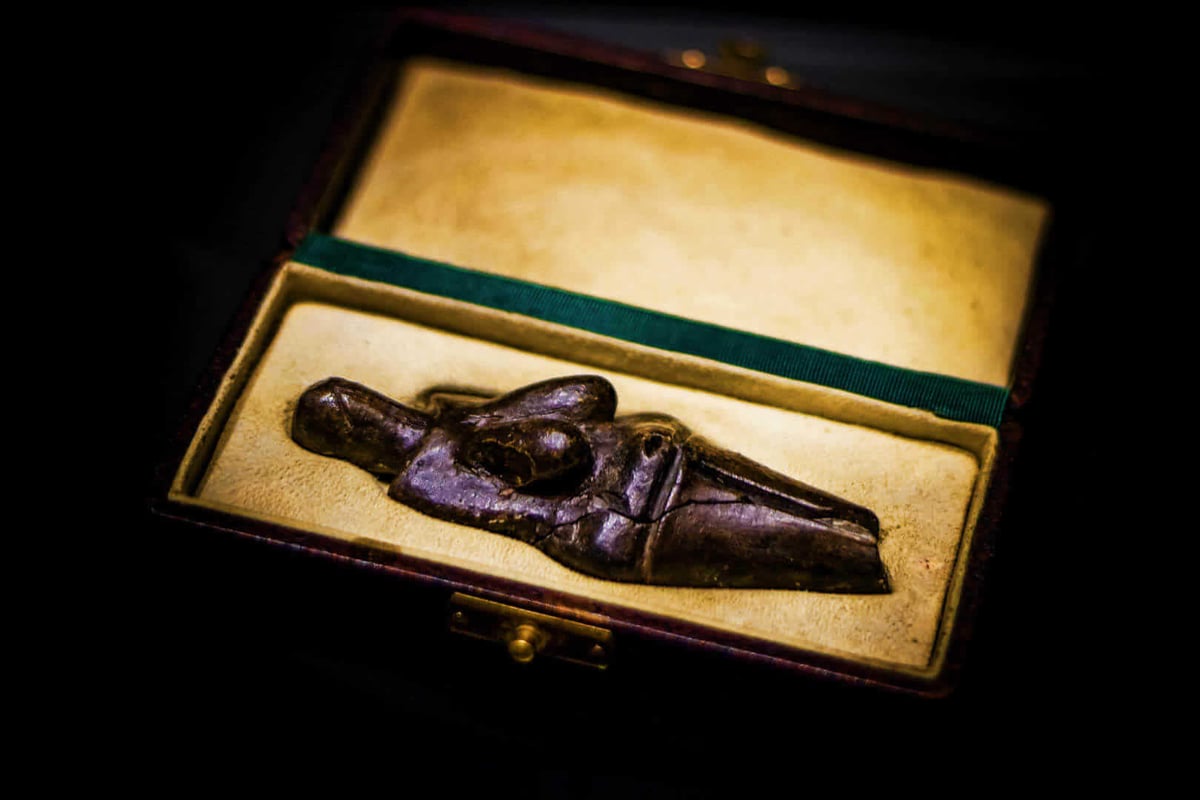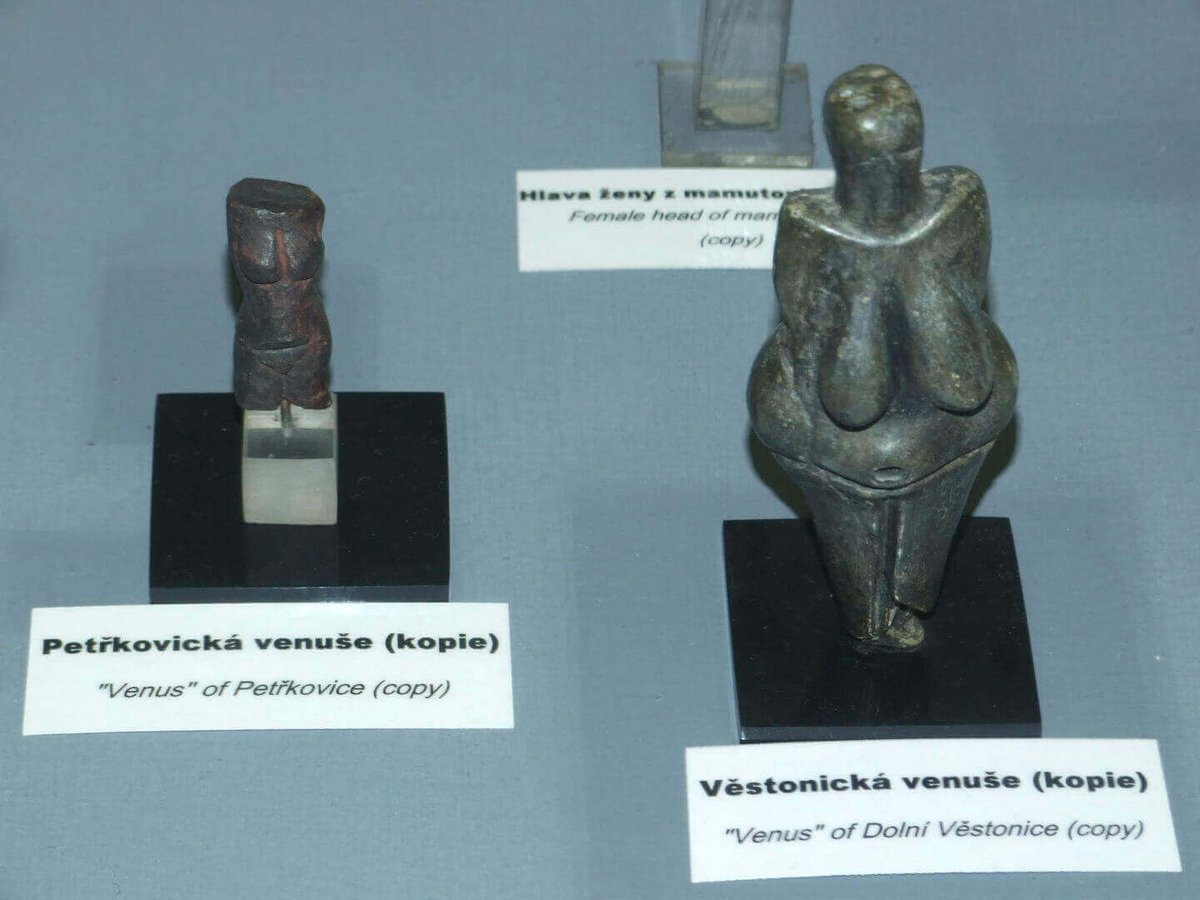Historians used 3D scanning to find out more about a statuette called Venus of Dolní Věstonice, found in 1925 by Czech archaeologists.
Back in 1925, a ceramic statuette, standing at just eleven centimeters tall, was found in Dolní Věstonice in the Moravian basin south of Brno, now part of Czech Republic. The statuette is known as Venus of Dolní Věstonice and is identifiable by its large bosom, hips, and stomach.
The archaeological research, excavation, and findings were begun by Karel Absolon. Since, there have been many interesting beliefs surrounding Venus of Dolní Věstonice. In fact, many historians believed the statuette is around 29,000 years old and therefore one of the oldest ceramic artifacts in the world.
However, for more concrete information, researchers put the statuette under a special 3D scanning microscope located at Brno’s FEI Technological Institute, last year. They mapped out all the particles within the statue in microscopic resolution, giving them 8 gigabytes of data.
Researchers have since sifted through the eight gigabytes of data this scan provided. Now, after a year of work, historians from the Moravian Museum in Brno have presented the first scan results. Petr Neruda, the curator at the museum and participant in the research, said:
“I discovered impurities inside the body, which are quite randomly distributed. It shows that the material came from the site where the statue was created. There were a lot of charcoals, bone fragments and parts of mammoth ivory, so the creator of the statue must have used the sediment on the site. These impurities were evidently not added to the clay with any special intent, it is just natural contamination.”

3D Scanning an Eleven Centimeter Figurine
The researchers also found that the figurine was made from just one single piece of clay – rather than the believed two or more pieces. Interestingly, the statuette was found broken into two pieces and lying in a layer of ash. The historians believe it was amongst remnants from a pre historic fire pit used by mammoth hunters.
As well as proving certain beliefs wrong, the data proved an early hypothesis of Absolon correct. This was that the statue’s head was originally decorated with four feathers. Neruda adds:
“I used digital technology and I created 3D models of the holes, and it is now quite clear that they we all produced by one tool with a relatively sharp tip. They resemble the point of bird feathers, which is what Karel Absolon thought… Now I want to print the models in a 3D printer. Then it might be possible to find which bird species feathers were used. It is really quite interesting.”
Venus of Dolní Věstonice is very rarely accessible to the public. Although the statuette was on display at the Moravian Museum in Brno, it is now protected.
Wondering why the figure draws both interest and protection? The reason is that it perplexes historians due to the fact that it was made by burning the clay. This method wasn’t used until the much later Neolithic period.
The historians are still working on the findings and believe the analysis of the scan will continue until the end of this year.
Source: Radio Praha Image Credit: Narodni Muzeum

License: The text of "3D Scanning Venus of Dolní Věstonice Statuette Unveils New Information" by All3DP is licensed under a Creative Commons Attribution 4.0 International License.